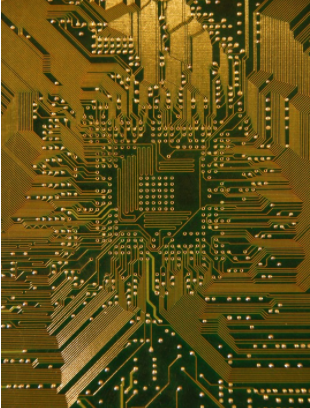Surface Mount Technology (SMT) assembly is a popular mounting technology in PCB manufacturing. Due to the quality of this technology in PCB manufacturing, it has been highly adopted by PCB contract manufacturers. However, regarding the performance and reliability of the PCB, some precautions must be taken during the manufacturing process. These are called process control measures for SMT PCB assembly. These process control measures are defined for each step involved in the SMT PCB assembly process. In order to achieve quality, accuracy and prevent errors, process control measures must be taken. This article guides process control measures for solder paste application, component mounting and soldering to prevent errors in SMT PCB assembly.
SMT PCB assembly process control measures
The following is a list of process control measures to be taken in the process of applying solder paste, component mounting and reflow soldering.
Application of solder paste: The process control measures listed below should be taken to avoid defects in solder paste printing or application.
The solder paste printing should be consistent and uniform across the board. Any deformation in the solder paste application may jeopardize the current distribution.
The PCB pads should be prevented from oxidation.

Prevent copper exposure or cross-marked copper traces.
Should prevent bridging, downturning edges, deviations, bending and twisting, etc.
Printing should be done from the core to the edge of the board facing outwards. The printing thickness should be kept uniform.
The mounting holes on the template should match the fiducial marks on the board. This ensures that the solder paste is applied correctly without interrupting component installation activities.
The mixing ratio of the old solder paste to the new solder paste should be 3:1.
The application temperature of the solder paste should be maintained at 25°C.
The relative humidity during solder paste printing should be between 35% and 75%.
After applying solder paste, automatic optical inspection (AOI), flying probe test, etc. should be carried out. This can detect if an error has occurred and help make corrections in the field.
Component/chip mounting: Since the chip mounting is done using an automatic surface mount device (SMD), the following precautions must be taken to avoid errors.
The SMD must be calibrated to the required chip mounting function. Any errors during SMD calibration may reflect the overall quality of PCB manufacturing.
Since SMD is executed automatically using computer code, it must be programmed carefully, cross-checked and edited to obtain the desired result.
The feeder and SMD should be accurately installed and interconnected to prevent errors from recurring.
Error detection, debugging, troubleshooting and maintenance should be considered regularly. This helps prevent the device from deforming, and device errors occur during the first cycle of chip installation. Before each cycle of chip installation, the settings must be debugged.
The relationship between the equipment components and the SMD operating path must be analyzed.
Before performing the debugging process, it is necessary to clarify the operation flow. This facilitates results-centric system calibration.
The redundancy of the defect should be analyzed so that the recurrence of the error can be understood. Once the time period, location, etc. of the defect occurrence are known, the SMD can be calibrated accordingly.
Reflow soldering: Reflow soldering is the process of sinking the pasted flux and fixing the installed components. The process needs to control temperature and other parameters.
The temperature profile, thermal profile, etc. must be analyzed so that the required melting temperature can be set for reflow soldering.
The half-moon shape of the solder joint should be tested because it can ensure a firm solder joint.
Check the PCB surface for any fake soldering, bridging, solder paste or solder ball residue.
Prevent vibration and mechanical shock during welding.